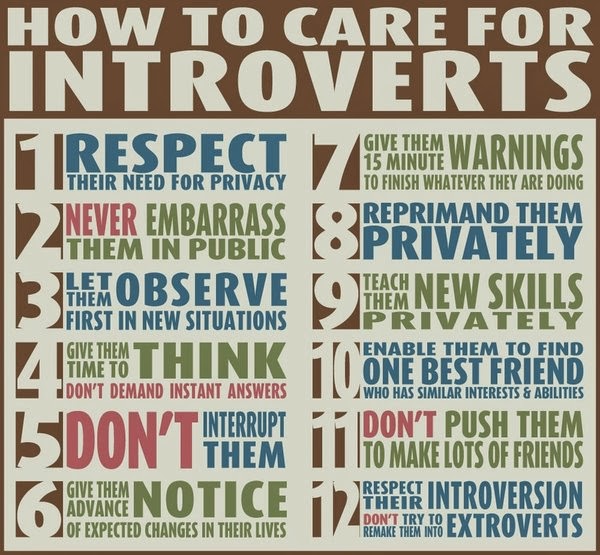While the COVID-19 pandemic has impacted nearly everyone in some way, working women have been especially hard hit. Even those who were able to continue to work have had the added burden of distance learning, childcare, and/or domestic activities that typically fall to women. For many, enough was enough.
Since February 2020, nearly 2.3 million women have left the workforce entirely, according to a report by the National Women’s Law Center. Many others have downshifted their careers.
Sadly, this rolls back the hard fought and long overdue progress women were making pre-pandemic in securing more equitable representation in leadership roles.
In their 2020 Women in the Workplace study, McKinsey & Company and Lean In describe the progress women had been making and how the COVID crisis is disrupting their continued movement forward.
Here are some key takeaways from the study.
Between 2015 and 2020, the share of women in SVP roles grew from 23 to 28 percent, and the number of women in the C-suite grew from 17 to 21 percent. “Women were still dramatically underrepresented, but the numbers were slowly improving.”
Despite these small gains, there was still a significant gap in women achieving that first step as a manager – “the broken rung.” For every 100 men promoted to manager, only 85 women were promoted – and this gap was even larger for women of color.
One of the most compelling takeaways from the study is the long-term impact of the “broken rung” on the talent pipeline:
“Since men significantly outnumber women at the manager level, there are far fewer women to hire or promote to senior managers. And the number of women decreases at every subsequent level. So even as hiring and promotion rates improve for women at senior levels, women as a whole can never catch up. There are simply too few women to advance.”
So where do we go from here? These are some things I think organizations can do to mend the broken rung and support more women in their journey toward senior leadership.
- Proactively give more women the opportunity to take that first step into leadership – build equity into your bench strength
- Support women by providing leadership training and mentorship that build on the natural strengths women bring to the table as leaders
- Create a work environment that is family-friendly by offering flexible schedules, paid family leave and a culture that promotes work/life balance
Research shows that Fortune 500 companies with the highest percentage of women on their boards significantly outperform those with the lowest percentage, and gender-diverse teams have higher sales and profits compared to male-dominated teams.
So, what are you waiting for?
Till next time,
Karen









